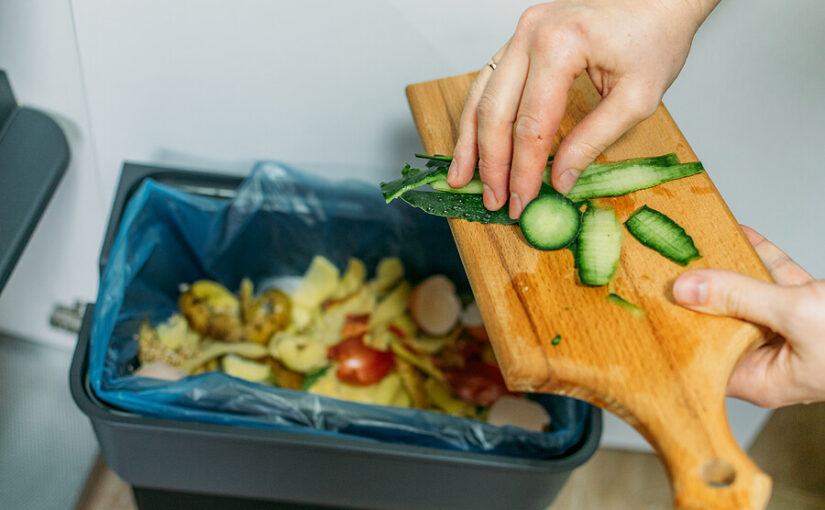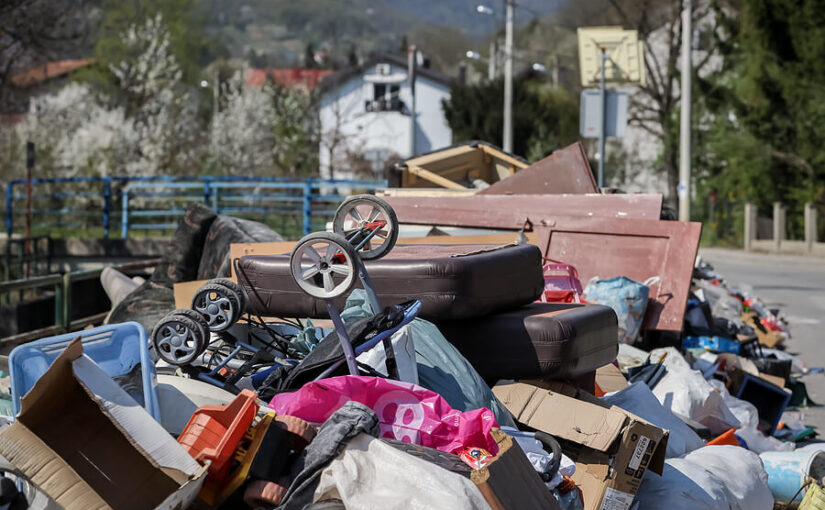Before the
outbreak of COVID-19, the UK public was taking steps towards living a less
wasteful existence.
These steps included the plastic bag charge at supermarkets and large shops, and the rise of reusable coffee cups.
Unfortunately, 2020 has delivered an unexpected health crisis to the country (and the world), with a novel coronavirus that spreads itself through close contact between humans.
At the start of March, Starbucks announced that it was temporarily banning reusable cups to help contain the spread of the virus.
Many cafes across the country have since made the same switch for their takeaway services, too.
With the containment of the virus being a bigger priority than the environment right now in the eyes of most, we’re seeing many other changes taking place in society as well.
While the changes are temporary, none of us really know exactly how long ‘temporary’ will end up having to be.
Continue reading Can the zero-waste movement survive the coronavirus pandemic?









